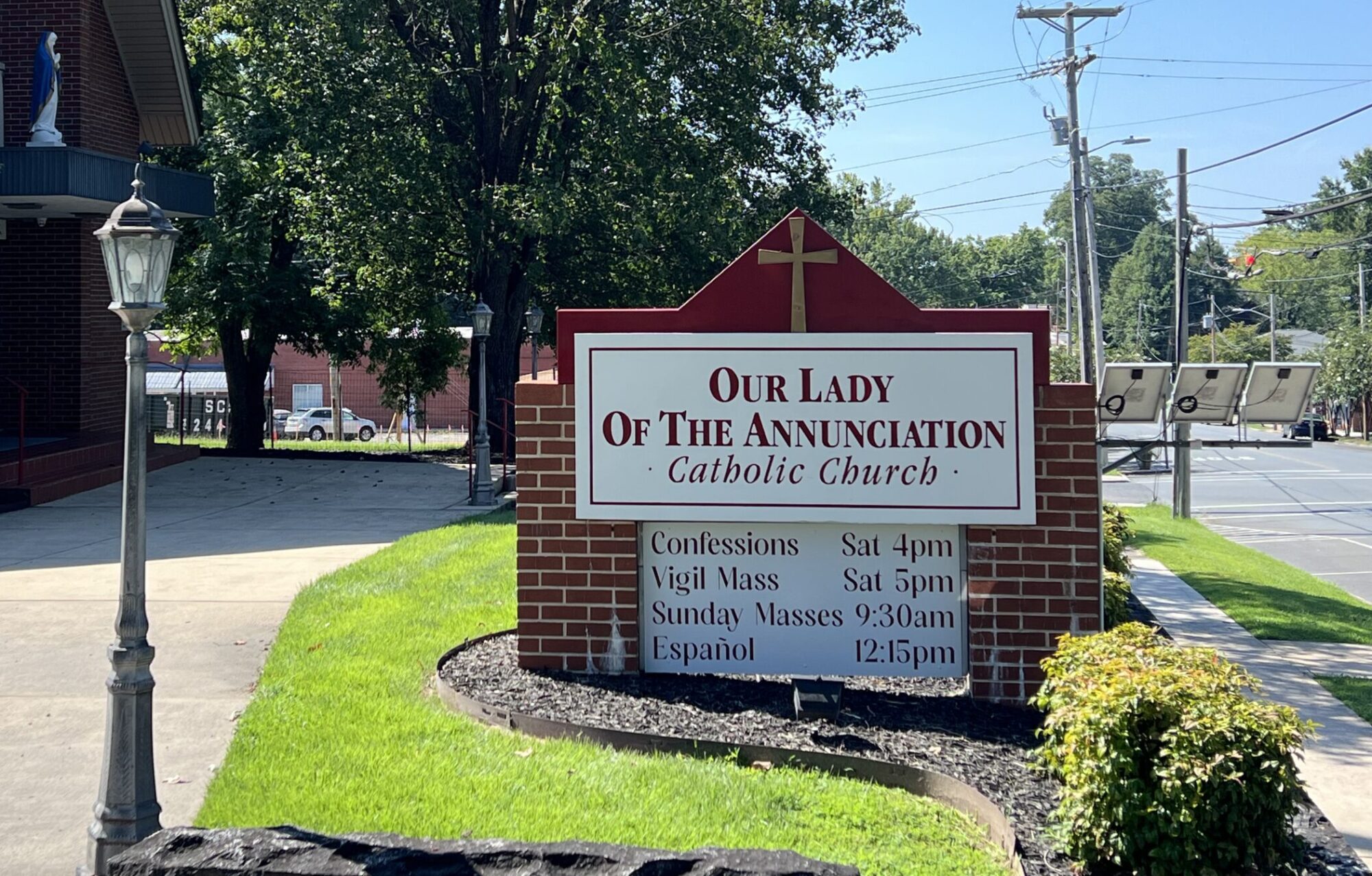Saint John Henry Newman’s Story (February 21, 1801 – August 11, 1890)
John Henry Newman, the 19th-century’s most important English-speaking Catholic theologian, spent the first half of his life as an Anglican and the second half as a Roman Catholic. He was a priest, popular preacher, writer, and eminent theologian in both churches.
Born in London, England, he studied at Oxford’s Trinity College, was a tutor at Oriel College, and for 17 years was vicar of the university church, St. Mary the Virgin. He eventually published eight volumes of Parochial and Plain Sermons as well as two novels. His poem, “Dream of Gerontius,” was set to music by Sir Edward Elgar.
After 1833, Newman was a prominent member of the Oxford Movement, which emphasized the Church’s debt to the Church Fathers and challenged any tendency to consider truth as completely subjective.
Historical research made Newman suspect that the Roman Catholic Church was in closest continuity with the Church that Jesus established. In 1845, he was received into full communion as a Catholic. Two years later he was ordained a Catholic priest in Rome and joined the Congregation of the Oratory, founded three centuries earlier by Saint Philip Neri. Returning to England, Newman founded Oratory houses in Birmingham and London and for seven years served as rector of the Catholic University of Ireland.
Before Newman, Catholic theology tended to ignore history, preferring instead to draw deductions from first principles—much as plane geometry does. After Newman, the lived experience of believers was recognized as a key part of theological reflection.
Newman eventually wrote 40 books and 21,000 letters that survive. Most famous are his book-length Essay on the Development of Christian Doctrine, On Consulting the Faithful in Matters of Doctrine, Apologia Pro Vita Sua—his spiritual autobiography up to 1864—and Essay on the Grammar of Assent. He accepted Vatican I’s teaching on papal infallibility while noting its limits, which many people who favored that definition were reluctant to do.
When Newman was named a cardinal in 1879, he took as his motto “Cor ad cor loquitur”—“Heart speaks to heart.” He was buried in Rednal 11 years later. After his grave was exhumed in 2008, a new tomb was prepared at the Oratory church in Birmingham.
Three years after Newman died, a Newman Club for Catholic students began at the University of Pennsylvania in Philadelphia. In time, his name was linked to ministry centers at many public and private colleges and universities in the United States.
In 2010, Pope Benedict XVI beatified Newman in London. Benedict noted Newman’s emphasis on the vital place of revealed religion in civilized society, but also praised his pastoral zeal for the sick, the poor, the bereaved, and those in prison. Pope Francis canonized Newman in October 2019. Saint John Henry Newman’s liturgical feast is celebrated on October 9.
Reflection
John Henry Newman has been called the “absent Father of Vatican II” because his writings on conscience, religious liberty, Scripture, the vocation of lay people, the relation of Church and State, and other topics were extremely influential in the shaping of the Council’s documents. Although Newman was not always understood or appreciated, he steadfastly preached the Good News by word and example.






